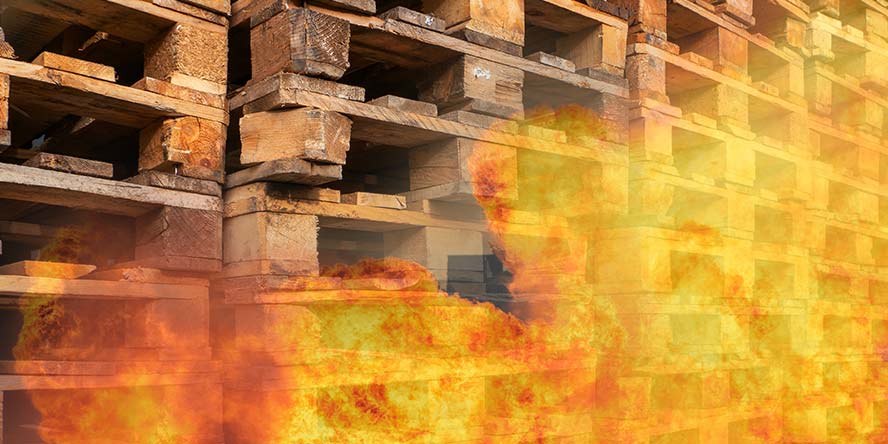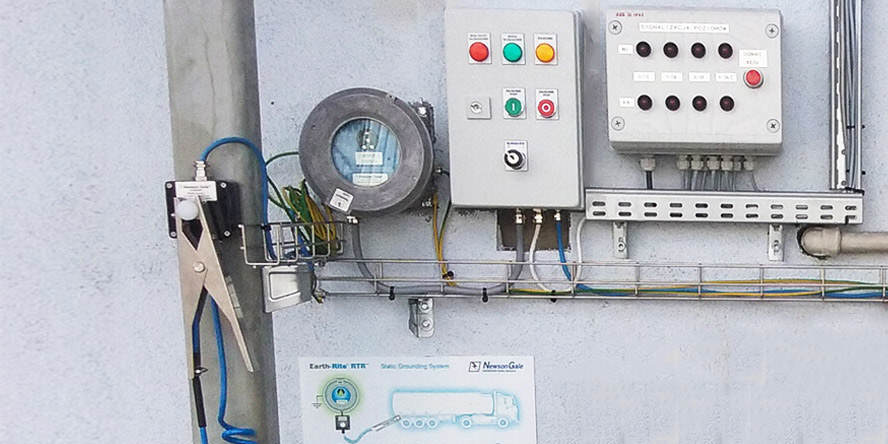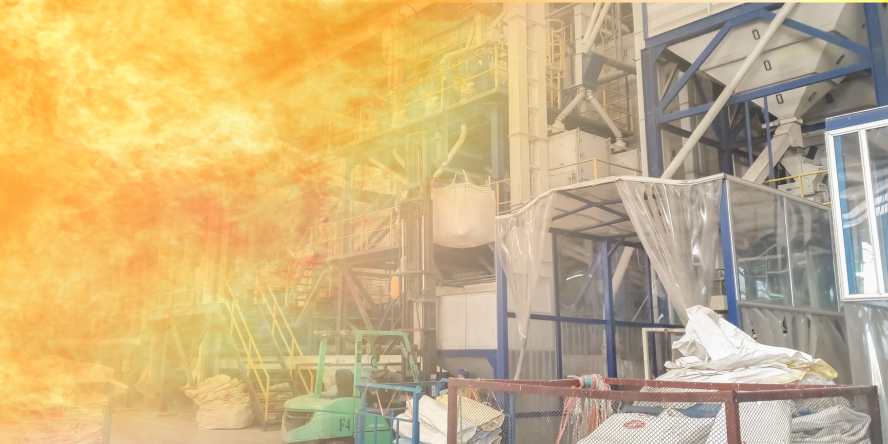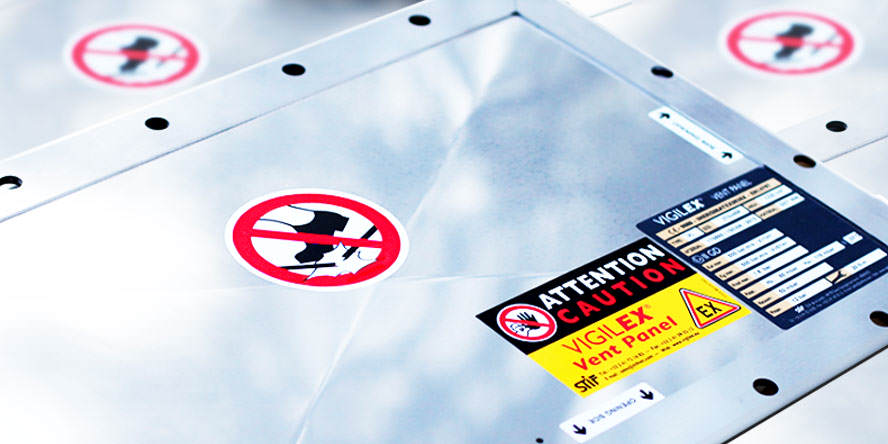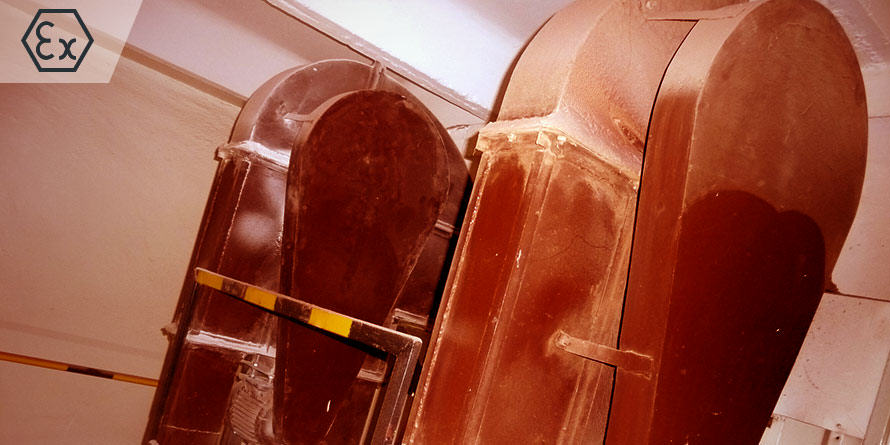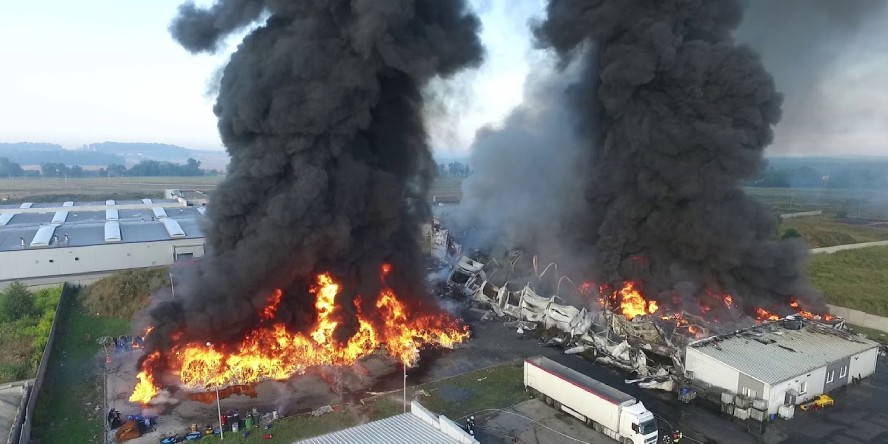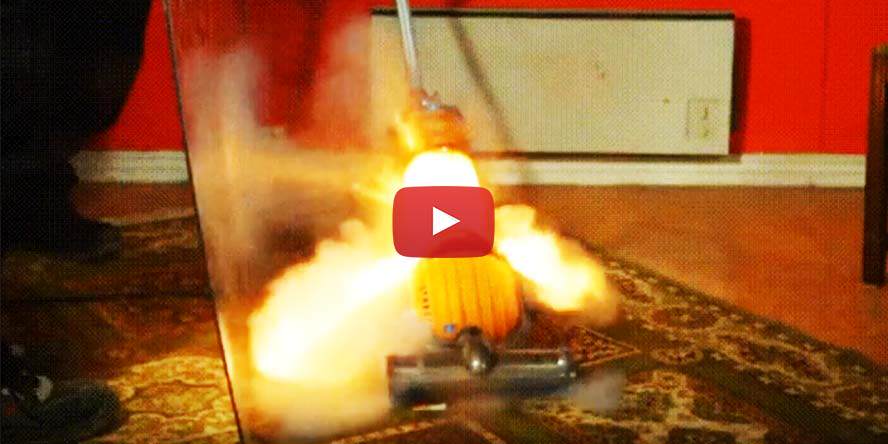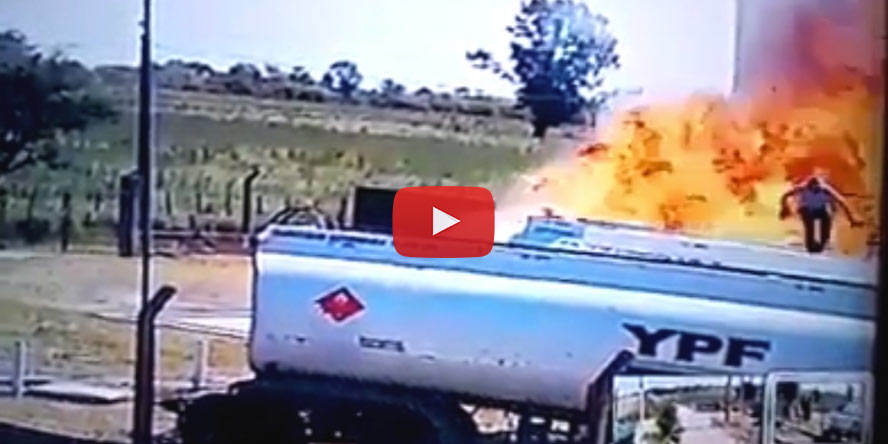ATEX AUDIT
The quickest and cheapest way to verify that your workplace complies with the ATEX Directive
The ATEX Audit is the cheapest and quickest method of assessing the critical points in an the plant that should be addressed first. The audit report will therefore allow you to focus on the tasks that will most powerfully and often most quickly reduce the risk of explosion and fire in your facility. Such an approach not only makes it possible to prioritise actions, but also to schedule them over time, which is important, especially in the case of costly modifications.
Read more
The audit is most often offered to companies that come to us with a request for an Explosion Prevention Document. This is because our experience shows that up to 80% of production sites do not meet the minimum requirements of the ATEX directive, which would have to be demonstrated in an official document such as the EPD. Importantly, this document is signed by the management/owner, thereby declaring the plant safe in terms of explosion safety.
The development of an EPD for a company is mandatory, but creating one when the facility does not meet the minimum requirements contradicts its concept which is to prove that the workplace complies with the requirements of the ATEX Directive. That is why, in the first instance, we propose to carry out an ATEX AUDIT, which will show us where we are and allow us to develop a corrective action schedule tailored to your capabilities. This schedule will emphasise the tasks that will most strongly improve safety. Importantly, you can fulfil the provisions of the schedule with both us and a third party.
What an ATEX AUDIT verifies
SUBSTANCES
We will point out substances that pose an explosion risk.
Read more
In the audit, we indicate which substances may pose an explosion hazard and present their explosion-related parameters based on our databases with parameters of several thousand dusts. This data will be used for preliminary determination of the hazard level and in preparation of a safety concept. For the purpose of EPD preparation and for the final selection of protective measures, we recommend tests of the actual dusts present in the plant.
SAFEGUARDS
We will verify the safeguards in place.
Read more
ATEX Directive makes explosion protection mandatory. We will verify that your equipment meets the minimum requirements of the aforementioned directive and the relevant harmonised standards. We will tell you what action you need to take to operate safely and legally. At your request, we will also prepare an explosion protection concept for the equipment.
PROCEDURES
We will check that you have the necessary procedures in place.
Read more
Implementing the right procedures is often the cheapest way to improve explosion safety. We will check the procedures you currently have in place and identify which are missing.
DOCUMENTS
We will indicate which documents are missing.
Czytaj dalej
We will check that your equipment is certified and that you have the documents required by law.
ATEX AUDIT milestones

INTERVIEW
An in-depth discussion with the customer’s nominated coordinator or with the team that has the best knowledge of the plant being analysed, the solutions used and the technology. In our experience, these are most often the maintenance manager, the person responsible for health and safety and the process engineer.

SITE VISIT
During the site visit, the auditor reviews the main areas of the plant highlighting those items of equipment that are critical to explosion safety. During the visit, photographic documentation is taken and will be included in the report along with a description of the errors.

DISCUSSION OF THE REPORT
Our support does not end with the issuing of the report. During the debriefing meeting, we discuss the most important aspects of the report including key gaps and recommendations. The meeting may also include a consultation, during which our expert will answer your questions and address your concerns. Importantly, the meeting can take place online or live at your convenience.
Potential post-audit steps
An audit may reveal unacceptable deficiencies that will bring the workplace into non-compliance with legal requirements or affect the terms of your company’s insurance policy. If this is the case, we can support you by implementing the steps below.

EXPLOSION PROTECTION CONCEPT
The explosion protection concept will present various options for the explosion protection of the process equipment. In this way, you will learn the advantages and limitations of each solution, allowing you to choose the one that best meets your needs. NOTE: the concept only includes solutions that comply with the legislation.

IMPLEMENTATION OF EXPLOSION PROTECTION
You can carry out the explosion protection variant of the plant selected on the basis of the concept with either us or a third party. If you choose to work with us, we will guarantee that the solution adopted complies with both, legal requirements and applicable standards.

DEVELOPMENT OF THE EPD
Once the recommendations of the ATEX AUDIT have been implemented, we can develop an Explosion Prevention Document that demonstrates that the level of explosion risk in your facility is acceptable and can safely carry out production. Importantly, the cost of the audit is deducted from the price of developing the EPD, which means that you do not incur the cost of the audit.
Purpose of the audit
The purpose of the ATEX AUDIT is to assess the current level of protection of the plant against the possibility of an explosion and its consequences, so that a decision can be made as to whether additional measures are required or whether the risk of an explosion is at a level acceptable to the plant management. If the risk mentioned is too high then, based on the assessment, it can be determined what measures to reduce the level of explosion risk will be most beneficial in technical and financial terms.
What the audit report contains
- Assessment of whether the audited area meets the requirements of the ATEX Directive
- List of deficiencies in documentation, procedures and safeguards
- Photographic documentation with evaluation of selected equipment and areas
- List of actions that will have the greatest impact on improving explosion and fire safety
- Recommended technical (safeguards) and organisational (procedures) measures to improve safety and bring the area into compliance with the law
- Guidelines for prioritising the implementation of individual recommendations
- AUDIT ATEX or EPD
ATEX AUDIT or EPD
You will pay nothing for an ATEX AUDIT
If you are just considering developing an EPD or ERA then remember that by having an ATEX AUDIT beforehand you are not risking anything. This is because the cost of the audit is deducted from the price of the possible development of the EPD. It is just possible, because after the audit it is up to you whether you want to take the next step with us. While it is true that it is the responsibility of the employer to ensure a minimum level of explosion safety, and this includes the development of an EPD, there are times when, after an audit, a company comes to the conclusion that it is not ready to proceed at that point.
Less than 20% of companies have the data available to develop an EPD
To date, we have produced several hundred explosion risk assessments and explosion protection documents. We have worked with plants from all major industries, from food, chemicals, pharmaceuticals to timber and energy. Fewer than 20% of these establishments had all the inputs that would have enabled them to prepare a document that was complete and unambiguous in its conclusions. Says Mariusz Balicki, responsible for the Technical Analysis and Training Department at WOLFF GROUP.
ATEX AUDIT first
Therefore, when we are approached by a company wishing to develop an Explosion Risk Assessment or Explosion Prevention Document, we first assess the availability of key inputs. If the deficiencies are too great, we suggest an ATEX AUDIT as a first step, which will show these deficiencies as well as other potential deficiencies in the area of explosion safety.
During the audit, we verify key areas of explosion safety including, but not limited to, documentation and parameters of explosive substances.
Scope of our activities
ATEX AUDITS carried out by WOLFF GROUP Engineers specifically include:
- Existing process plants
- Newly built process plants (project audit)
- Upgraded process plants (post-retrofit audit)






















